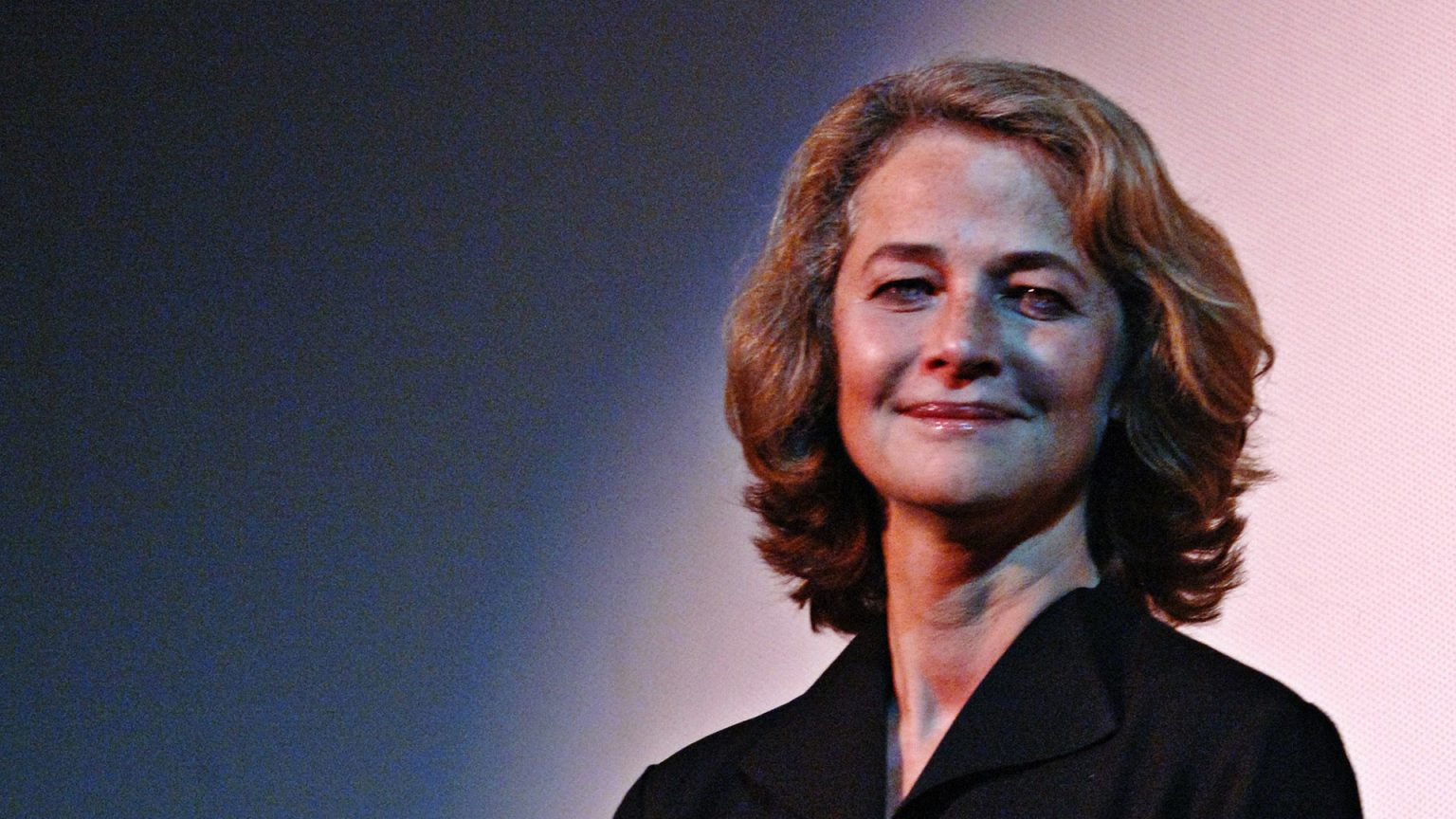Time is not on an actress’ side in Hollywood, especially for those who are 65 and older. The film industry gives short shrift to older performers, often tossing them roles as funny grandparents (Robert De Niro the past ten years)—and that’s if they’re even considered for a part at all. In Europe, however, it’s a bit different. There, it seems actresses have more opportunities to playfully dimensional characters. For instance, along with Isabelle Huppert (age 64), Charlotte Rampling (72) is still giving career-defining performances in 45 Years (2015) and the recent Hannah (2017), films in which she has mastered playing damaged, confused, and lonely characters.
In Hollywood, filmmakers, executives, and casting agents put fresh twenty-somethings onscreen because of Western society’s worship of youth and youth culture. This leaves actresses from the 1960s, 70s, and 80s, who were once critical darlings, to play roles that make a mockery of their talents. Although they’re still working, Diane Keaton (72) and Helen Mirren’s (72) roles today feel shallow compared to those they played in The Godfather films and The Cook, the Thief, His Wife & Her Lover (1989). Even Meryl Streep (68), arguably one of the best actresses in film history, has fallen victim to playing facile characters and caricatures, like the title role in Florence Foster Jenkins (2016). Occasionally, on the periphery of Hollywood, an older actress gives a performance full of depth and interiority. You can see a recent example in Lois Smith’s (87) turn in Marjorie Prime (2017).
In Europe, on the other hand, filmmakers approach age and aging directly. Emmanuelle Riva brought the heft of love and death to Amour (2012). Aging and sexuality drive Sônia Braga’s (67) role in Aquarius (2016). These are isolated examples, but Rampling has continually embodied characters aware of their mortality in the past two decades.
As a young actress, Rampling exuded a particular type of persona. Like Katherine Hepburn, she had a regale air, but none of the star’s loquaciousness. Rampling had a chilly yet seductive allure in provocative films like The Damned (1969), The Night Porter (1974), and Max Mon Amour (1986)—so much so that those performances inspired Barry Norman to coin the verb “rample”—to “rample” someone is to paralyze them with chilling, enigmatic sexuality.
Beginning in the early 2000s time began to play a larger factor in the parts she undertook. In François Ozon’s Under the Sand (2000) she occupies a role that echoes the biographical details of her own life, playing a woman living in the aftermath of her husband’s sudden suicide. But sex and sexuality still linger in the characters she plays in Ozon’s Swimming Pool (2003) and Laurent Cantent’s Heading South (2005). In the former, she’s a psychologically fractured character, a creative and sexually frustrated bestselling mystery writer first annoyed then intrigued by her publisher’s nymph-like daughter. In the latter, she participates in sex tourism while spending time in Haiti.
Now in her 70s, even when playing characters that speak to isolation and alienation, Rampling maintains a quiet dignity. In Andrew Haigh’s 45 Years, which features one of her best performances ever, she sits on the sidelines and tries to understand the groundswell of emotions her husband has after the body of a former lover is found. The bond between her and Tom Courtenay’s character, once firm, now begins to dissolve. As 45 Years progresses, Rampling’s character changes; she goes from being happy, even jovial, at her impending wedding anniversary, to concerned, then completely frustrated and angered over the neglect shown by her husband. Although she doesn’t have the range of Streep, Rampling excels in these cracked figures, providing shading to these performances.
As the titular figure in Andrea Pallaoro’s Hannah, Rampling plays a variation of her role in Under the Sand. Instead of living with the fact that her husband is no longer living, here Rampling lives with the fact that her husband is incarcerated for some uncomfortably vague crime. (The film, like much of its stridently oblique tone, doesn’t spell out what her husband actually did.) However, in Hannah—a character study of sorts heavily indebted to Jeanne Dielman, 23 Commerce Quay, 1080 Brussels (1975)—Rampling doesn’t rely on dialogue to render explicit her roiling turmoil. She conveys grief and solitude by simply being, by her presence—and she does it quite effectively.
Hannah feels like the culmination of Rampling’s later work, all her broken characters distilled to their most important elements and behaviors. The way she moves through a dimly lit apartment, the way she looks at others on the train, and the way she bends her head are all signs that convey grief, solitude, and alienation. Contrary to what Hollywood dictates, time may in fact be on Rampling’s side, for she continues to give performances that take head-on the hardships of age and aging.
Read the article and want to watch more of Charlotte Rampling’s films? Check out her page here on Fandor.




